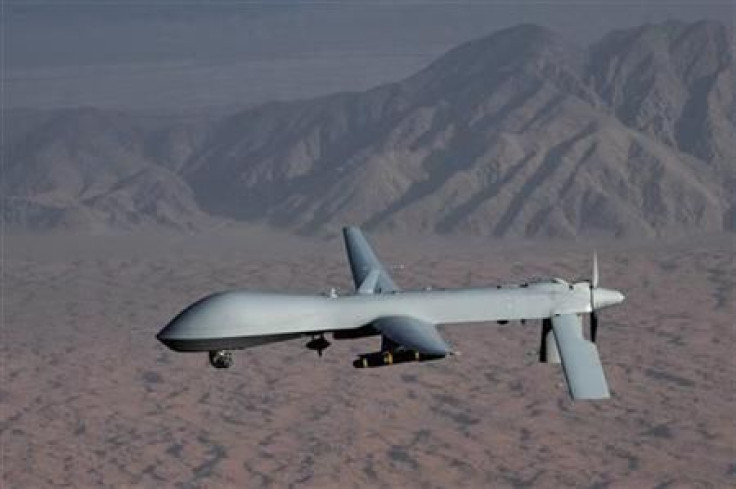Drug Lord Manhunt Highlights Chinese Developments In Drone Technology

As debates over drone use heat up in the U.S., China’s military has been discreetly advancing its unmanned aerial military abilities by developing plans for drone strikes and surveillance in various areas of Asia.
China’s government has been after Naw Kham, a deadly drug lord and leader of the largest armed gang operating in the so-called Golden Triangle, because of his reported involvement in several killings of Chinese citizens along the Mekong River beginning in 2008.
According to a recent report by Chinese newspaper Global Times, China considered a drone strike in the Southeast Asian area in attempt to kill Naw Kham and the group reportedly responsible for the brutal October 2011 killing of 13 Chinese sailors on the Mekong. The killings provoked national outrage and demands for justice when photos of the dead sailors, bound and gagged, circulated on Chinese social media.
According to the Global Times, China’s significant developments in unmanned aerial warfare coupled with the mounting anger over the killings had senior public security officials contemplating using drones to attack the mountainous region of Southeast Asia to kill Naw Kham. The report claimed that some analysts had even predicted that the hunt for Naw Kham would be as challenging as the U.S. hunt for Osama bin Laden. And after a pursuit through the jungles of the Golden Triangle proved to be unsuccessful, officials began considering drones.
The initial plan was to use a drone to bomb the drug lord’s hideout on an opium farm in Myanmar. According to Liu Yuejin, director of the Ministry of Public Security’s anti-drug bureau, the drones would be guided by China’s global navigation system, Beidou -- which China is developing so it won't have to rely on the U.S.-controlled GPS network.
However, when Chinese authorities ordered the special task force tasked with Naw Kham’s capture to “catch him alive,” drone strikes were no longer an option.
While some other experts believe that China’s drone technology still wasn’t ready for an attack, the rapid development in military aeronautics is undeniable.
Dennis M. Gormley, an expert on unmanned aircraft at the University of Pittsburgh, told the New York Times that though China’s drones still need work, it won’t be much longer until they are capable of hitting targets like U.S. drones have been doing for years.
“I think China’s still not ready for prime time using armed drones, but they surely will be with a few more years of determined practice,” Gormley said. Adding, “they surely will have America’s armed drone practice as a convenient cover for legitimating their own practice.”
The New York Times reported that two Chinese drones, modeled after the American Reaper and Predator unmanned planes, were unveiled late last year. Others suspect China also has another larger unmanned aircraft, similar to the American RQ-4 Global Hawk.
China’s development of drone surveillance technology has become particularly useful as tension with Japan mounts over the disputed Diaoyu/Senkaku Islands. China has already acknowledged the development of a program that uses drone technology as part of tighter surveillance of its coastal areas.
© Copyright IBTimes 2024. All rights reserved.












